- Joined
- Mar 1, 2004
- Messages
- 11,174
- Reaction score
- 11,772
The loco has been modified for the film "Ned Kelly", starring Mick Jagger.View attachment 95873
Murrurundi, NSW - April 1972
The loco has been modified for the film "Ned Kelly", starring Mick Jagger.View attachment 95873
Murrurundi, NSW - April 1972
The second engine is an example of the hundreds of Sydney's suburban locos before electrification. After electrification of the system, many were converted from tank engines to tender engines, and sent out to rural areas. 3025 in the photo above this one is an example of one of the converted 30 Class tank engines.View attachment 95872
Chullora - circa 1973
Built by Tulloch engineering of Ryde. They had Rolls Royce engines.View attachment 95870
SMR Railcars at Cessnock Station, NSW - 1961
The Garratt sidings at Gosford. These locos are waiting to take over Northern line freights from 46 Class electric locos. They will go as far as Broadmeadow.
I was involved in running the "Scottie" when it was here in 2000. It was a smaller engine than our 3801, but had a good turn of speed and pulled better on the grades than we expected. It has three cylinders (the same as our much larger 57 Class freight engines). That gave it a distinct three beat chuff, instead of the usual two beat.View attachment 95443
Between Strathfield and Homebush -1989
I'd rather a Harry's pie than any shit the Colonel calls food.View attachment 95649
Colonel Sanders, at Harry's Cafe De Wheels, Wooloomooloo, Sydney - 1973
Remember it well, I used to find lost golf balls before the shopping centre was builtHow many can remember the Raindrop Fountain at Roselands?
It was Sydney's first mega shopping mall, and was built on the Roselands Golf Course.
A pie there after a night on the pissI'd rather a Harry's pie than any shit the Colonel calls food.
The new bridge replaced the old John Whitton bridge which didn't allow trains to pass, as it was only wide enough for one train in either direction.
Your knowledge on all things trains is amazing!The new bridge replaced the old John Whitton bridge which didn't allow trains to pass, as it was only wide enough for one train in either direction.
When the new bridge opened, Como station was relocated away from the river. The remains of the old platform are still visible as you come off the bridge on the southern (Sutherland) side, just on the left.
